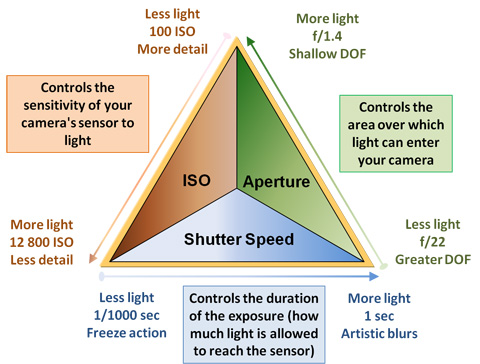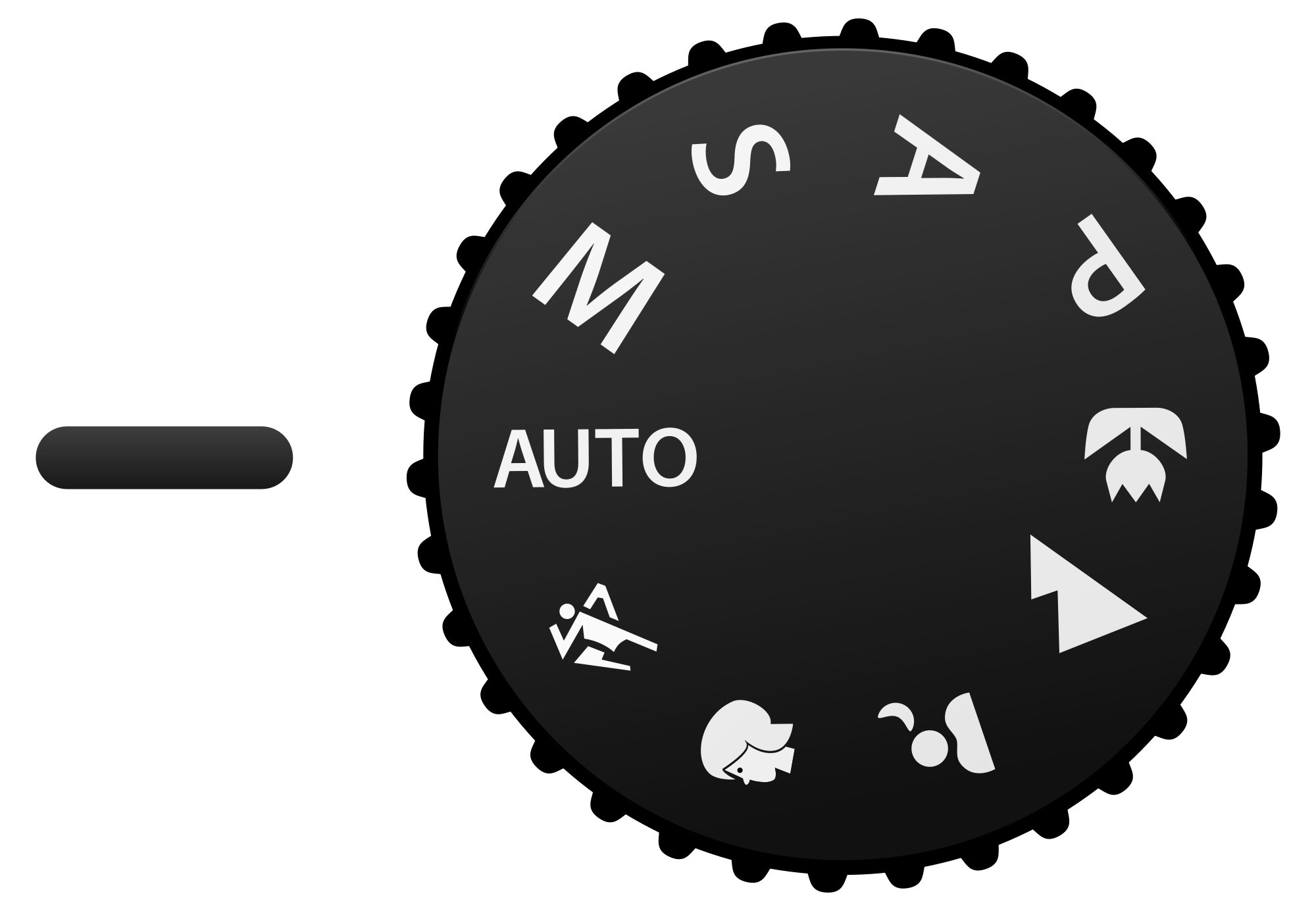Automatic Photography?
Modern cameras are amazing devices, if you let them, they will decide just about every element of picture taking – focus, exposure, depth of field, shutter speed – except where you point the camera. All that is left for you is the composition. And if you shoot in JPG format instead of RAW format, the camera will even do the post processing work for you.
Compare this to an older film camera such as this press camera. You’ve probably seen such a camera in the old movies where a crowd of newspaper photographers gather around a crime scene or celebrity. The photographers using these cameras had to slide in 4×5 sheet film, one at a time, focus, set the exposure, tilt etc. Hardly point and shoot.
Compare that to how cameras have always been sold to consumers since the dawn of amateur photography as “fool proof” or smart cameras that do all the work. No need for the user to understand photography at all. Just point and shoot.
But ask yourself – do you you want to be a photographer or a button pusher?
To become a photographer who knows what they are doing instead of a clueless amateur, you need to understand how to use your camera to get the end result that YOU want instead of what the camera chooses.
The first step is understanding the exposure relationship between ISO (the sensitivity of sensor or film), Shutter Speed (how long the aperture is open, allowing in light) and Aperture (the size of the opening inside the lens which allows in more or less light).

Camera Modes
Modern cameras come with a plethora of camera modes. Most of these are there for marketing purposes and so that the camera manufacturer and salespeople can have a long list of “features” when offering the camera for sale.
Professionals disregard most of these modes except for Manual, Aperture Priority and Shutter Speed Priority. Professionals are not interested in “Auto Mode” and all of the other “creative modes” are unnecessary to photographers who want to control their images.
Automatic mode allows the camera to pick the shutter speed and aperture. Why not use this mode? Well, the camera manufacture knows that most people buy cameras to take pictures of their family so the mode defaults to settings of fast shutter speed and large apertures to allow for the faster shutter speeds. Faster shutter speeds reduce motion blur (moving during the exposure). But this is not ideal for every situation, for example a landscape shot from a tripod where you might want a smaller aperture for greater depth of field and don’t care so much about the shutterspeed. Most pros will choose a shutter speed mode for sports or an aperture mode for landscapes or portraits or manual mode when working in the studio or to purposely over or under expose.
Shutterspeed mode allows one choose a fast shutter speed to capture fast moving things like basketball players. The ISO might have to be on auto or manually set to higher ISO in low light situation.
Aperature mode allows the photographer to control the depth of field which is a crucial composition element. Beautiful, purposely blurred out backgrounds are created with by shooting with the aperture wide open (higher numbers) or in a landscape shot, a deep depth of field in which just about everything appears to be in focus, the aperture is stopped down (smaller numbers).
The four main modes, sometimes abbreviated “PASM”, are:
- P: Program mode has the camera calculate both shutter speed and aperture (given a manually or automatically selected ISO). Higher-end cameras offer partial manual control to shift away from the automatically calculated values (increasing aperture and decreasing shutter time or conversely). The difference between Program mode and Full Auto mode is that in program mode, only the exposure is automatic, while other camera settings (e.g. shooting mode, exposure compensation, flash) can be set manually; in Full Auto mode everything is automatic.
- A or Av: Aperture priority or ‘Aperture value’ enables manual control of the aperture, and shutter speed is calculated by the camera for proper exposure (given an ISO sensitivity).
- S or Tv: Shutter priority or ‘Time value’ enables manual control of the shutter speed, and aperture is calculated by the camera for proper exposure (given an ISO sensitivity).
- M: Manual mode both shutter speed and aperture and independently set manually (with ISO sensitivity also set manually), where proper image exposure requires accurate manual adjustment.

This video gives a great overview of aperture, shutter speed, ISO and how to understand light. Unlike the camera ads which boast about the benefits of being totally clueless about light and photography, wouldn’t you rather be in complete control of your images?
All the camera sees is 18% gray
Keep in mind that your camera sees everything as a medium gray light level called 18% gray. If you shoot your camera at a white wall it will expose to make it 18% gray. Same with a black wall. Both photos would come out about the same. Sometimes you will need to increase the exposure compensation up or down to override what the camera sees. Shooting a snow scene or a wedding dress without exposure compensation and it will come out dull and gray. Try boosting the exposure compensation by a stop or so to get a proper exposure. With dark subjects do the opposite – under expose by a stop or two.